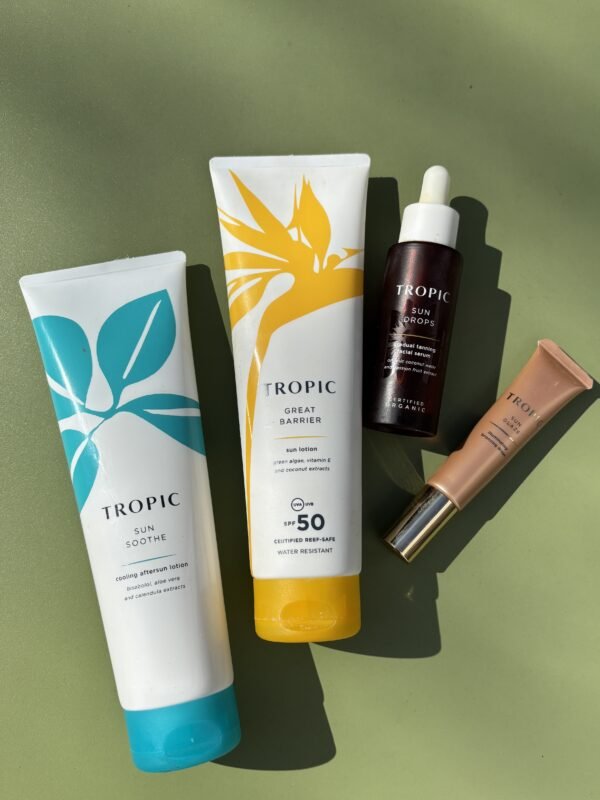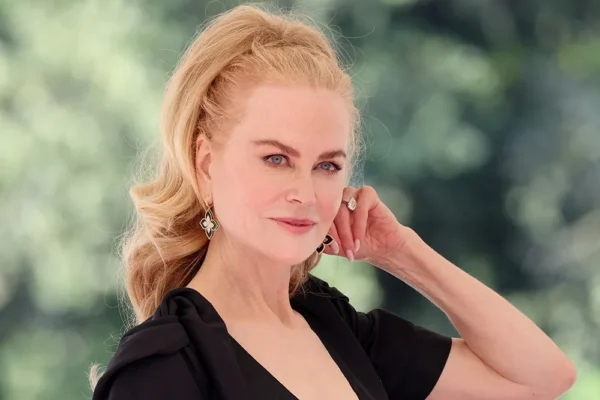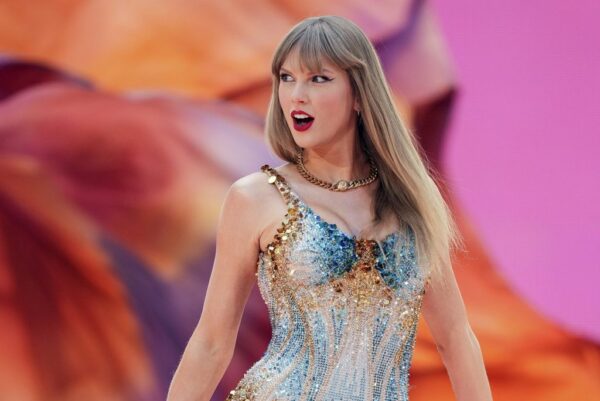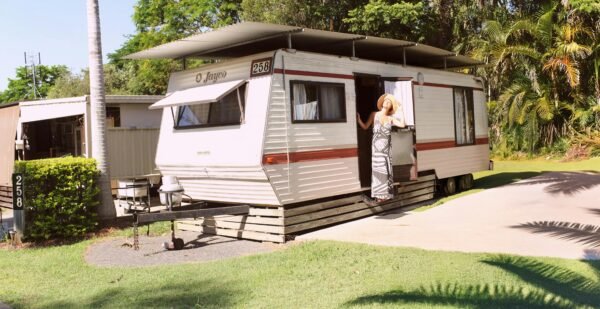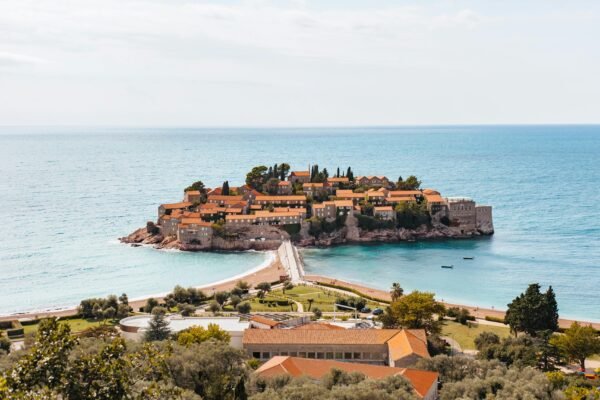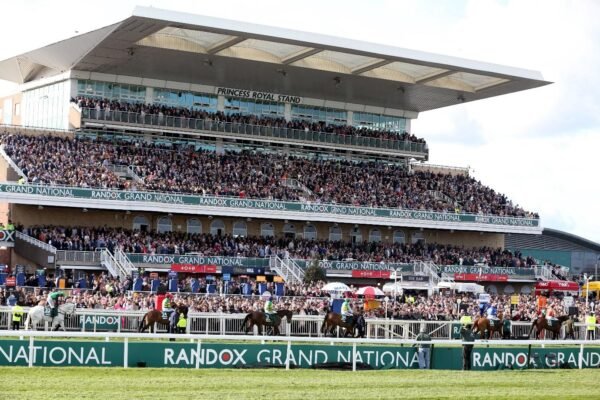
Grand National: Records That are Unlikely to be Broken Again
The Grand National represents the pinnacle of endurance, courage and skill in the National Hunt calendar. As we approach the 2025 renewal at Aintree, racing enthusiasts are already contemplating whether I Am Maximus can emulate Tiger Roll’s recent back-to-back triumphs after his commanding performance in 2024.
The Willie Mullins-trained gelding demonstrated exceptional jumping prowess and seemingly limitless stamina last April, characteristics that will again be required over the gruelling four-mile-plus test that has challenged the finest steeplechasers for generations.
Other notable contenders in the Grand National betting odds include Royale Pagaille, whose affinity for testing ground at Haydock has seen him claim two Betfair Chases, suggesting the stamina reserves necessary for Aintree’s demands. Meanwhile, the talented but mercurial Envoi Allen brings top-class form from the Cheltenham Festival, having claimed the Ryanair Chase and competed at the highest level over various trips.
Yet while these contemporary stars seek their place in racing folklore, certain Grand National records stand as monuments to extraordinary achievement that modern racing conditions, safety modifications, and handicapping principles make increasingly unlikely to be matched or surpassed. In this article, we take a look at five records that are unlikely to be beaten again anytime soon.
Red Rum – Three-time Grand National winner (1973, 1974, 1977)
The extraordinary achievements of Red Rum represent the gold standard of Grand National excellence. Ginger McCain’s remarkable steeplechaser secured an unprecedented three victories in 1973, 1974, and 1977, interspersed with second-place finishes in 1975 and 1976.
His inaugural triumph in 1973 remains one of racing’s most dramatic moments, as he reeled in the gallant front-runner Crisp despite conceding a 30-length deficit. The visual spectacle of Red Rum’s relentless pursuit epitomised the qualities of determination and tactical awareness that defined his career.
Red Rum’s second success came under the crushing imposition of 12 stone, while his third victory at age 12 demonstrated remarkable longevity at the highest level. The modern Grand National, with its emphasis on safety-oriented handicapping principles and field reduction, has made such a sequence of performances increasingly improbable.
Richard Johnson – Most Grand National rides without a win (21 attempts)
Few jockeys have been as successful in National Hunt racing as Richard Johnson, a four-time Champion Jockey, yet Aintree’s biggest prize always eluded him. Across 21 attempts, Johnson gave himself multiple chances to secure a Grand National victory, but luck was never on his side.
Despite partnering some well-fancied contenders, including What’s Up Boys (second in 2002) and Balthazar King (second in 2014), he never managed to cross the line first. His perseverance and consistency at the top of the sport make his Grand National near-misses even more remarkable.
With Johnson now retired, his unwanted record of the most Grand National rides without a win is likely to stand the test of time, as few modern jockeys will have the same longevity and number of opportunities in the race.
Manifesto – Most Grand National appearances (8 runs, 2 wins, 3 placings, 1895–1904)
In an era when horses competed more frequently and career longevity differed markedly from modern practices, Manifesto set an astonishing benchmark of durability and class.
His eight Grand National appearances between 1895 and 1904 yielded two victories (1897 and 1899) and three third-place finishes.
Perhaps most remarkably, Manifesto carried substantial weights throughout his Aintree career, including the crushing burden of 12st 13lb, yet still secured placed efforts. His combination of longevity, consistency and class represents a standard that modern training methodologies—with their emphasis on targeted campaigns and preserving soundness—render virtually unattainable.
Mr Frisk – Fastest Grand National winner (8 minutes 47.8 seconds, 1990)
The blistering time standard established by Mr Frisk in 1990 remains one of racing’s most extraordinary performance metrics. His completion of the Aintree course in 8 minutes 47.8 seconds occurred under a unique confluence of circumstances that modern racing conditions have rendered unrepeatable.
The unusually firm ground that day provided an accelerated racing surface that contemporary safety protocols would not permit. Additionally, Mr Frisk carried a relatively light weight that enabled him to maintain his relentless gallop throughout.
Subsequent course modifications, including adjusted fence profiles and modified landing areas, have prioritised equine welfare at the expense of raw speed. Consequently, Mr Frisk’s time standard represents a historical artefact rather than an achievable target for modern Grand National contenders.
Foinavon – Biggest-priced Grand National winner (100/1, 1967)
While long-priced winners remain an integral element of Grand National folklore, none has occurred under such extraordinary circumstances and shocked horse racing betting as much as Foinavon’s 100/1 success in 1967.
The chaotic scenes at the 23rd fence—now named in Foinavon’s honour—saw a loose horse trigger a mass pile-up that effectively eliminated the leading contenders. Trailing some distance behind, Foinavon and his jockey, John Buckingham, negotiated the obstacle without incident and inherited a commanding advantage that they maintained to the finish.
The modern Grand National, with its more controlled field size and fence designs intended to reduce fallen runners, has diminished the likelihood of such dramatic race-altering incidents.
While outsiders will continue to triumph at Aintree, the specific circumstances of Foinavon’s victory ensure its place as a unique moment in racing history.













